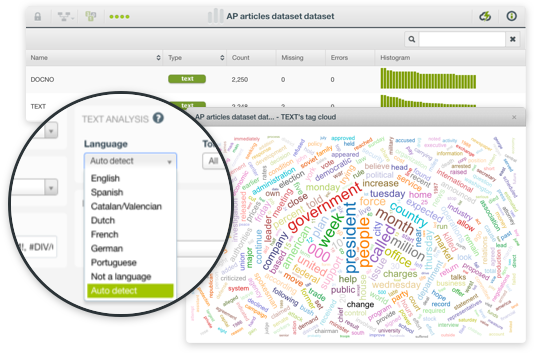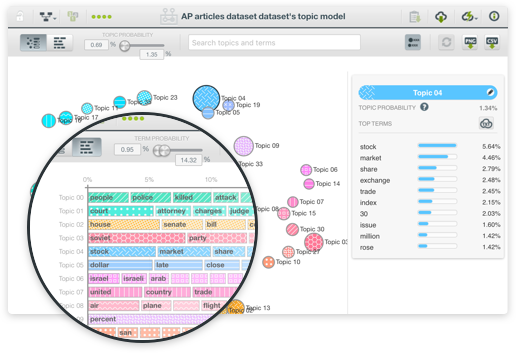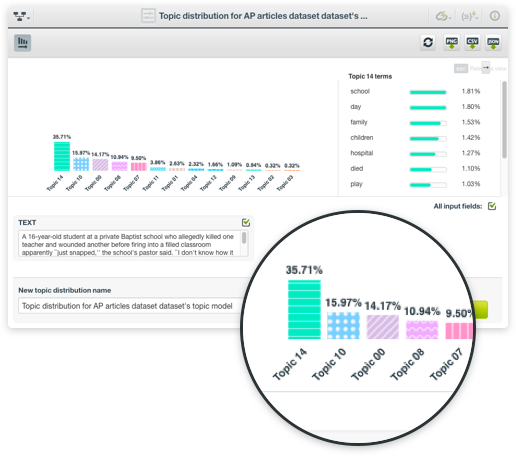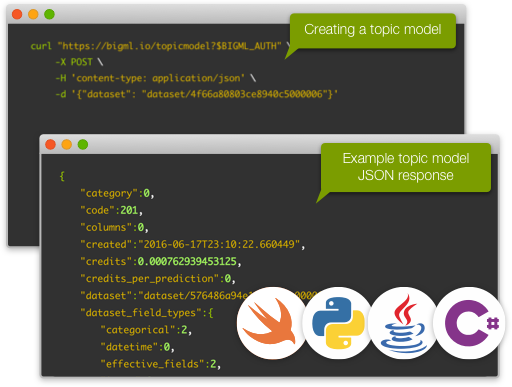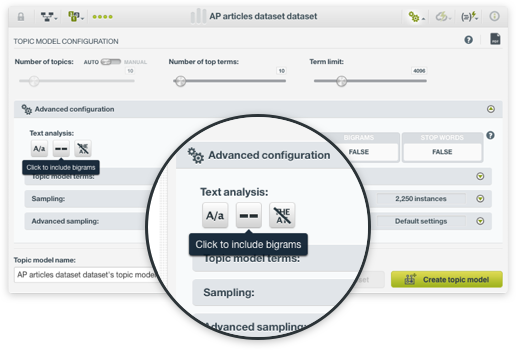Applications of Topic Modeling
The advent of digitization has exponentially increased the amount of written material accessible to businesses and consumers to an extent that has become impossible to deal with manually. As such, Topic Models can help effectively organize, analyze and understand the hidden insights in any large collection of unstructured text data. Besides general text-mining, Topic Models are useful in detecting instructive structures in genetics, bioinformatics, network analysis, information retrieval, collaborative filtering, content recommendations, and assessing document similarity among other uses. In addition, the extracted topics often prove highly effective as new input features to train different types of models e.g., classification, regression, cluster analysis, or anomaly detection.


